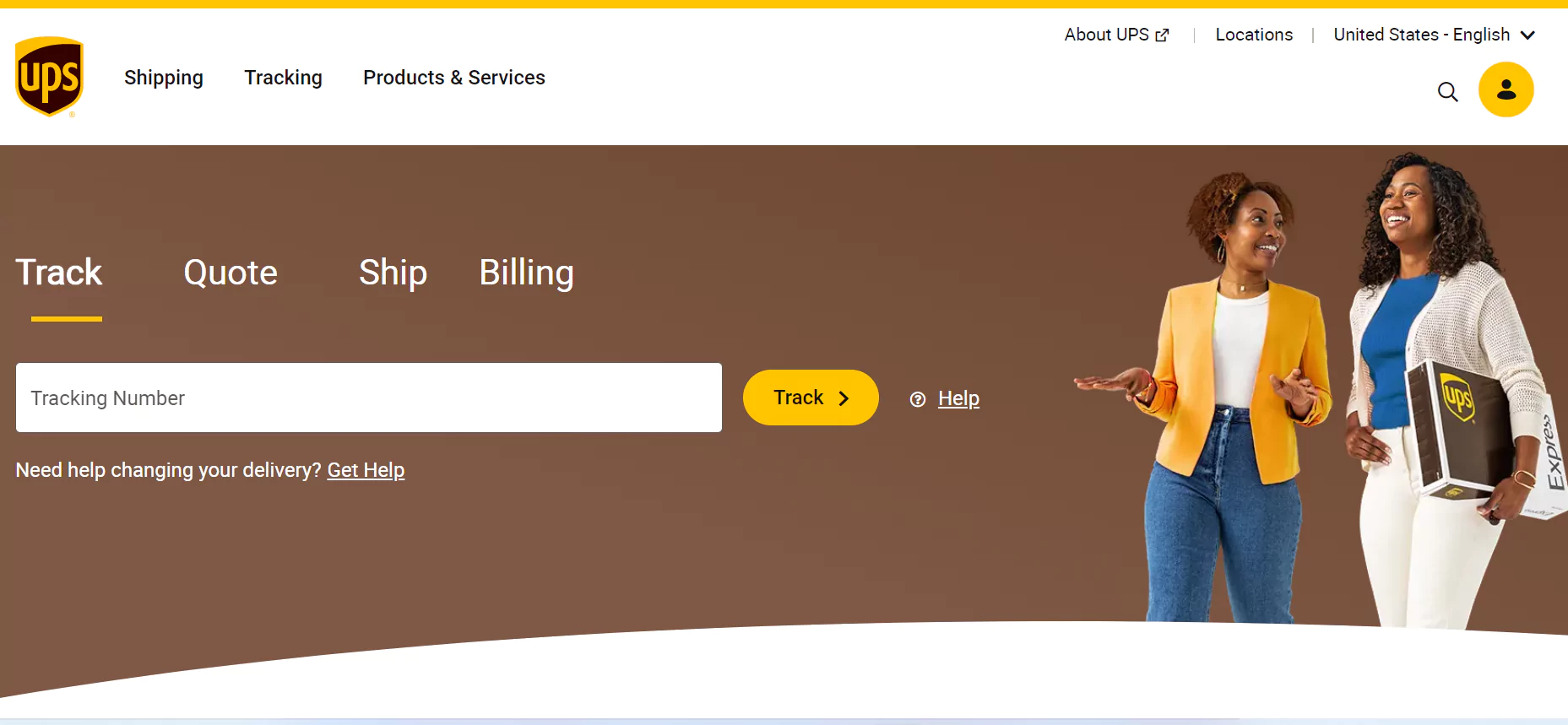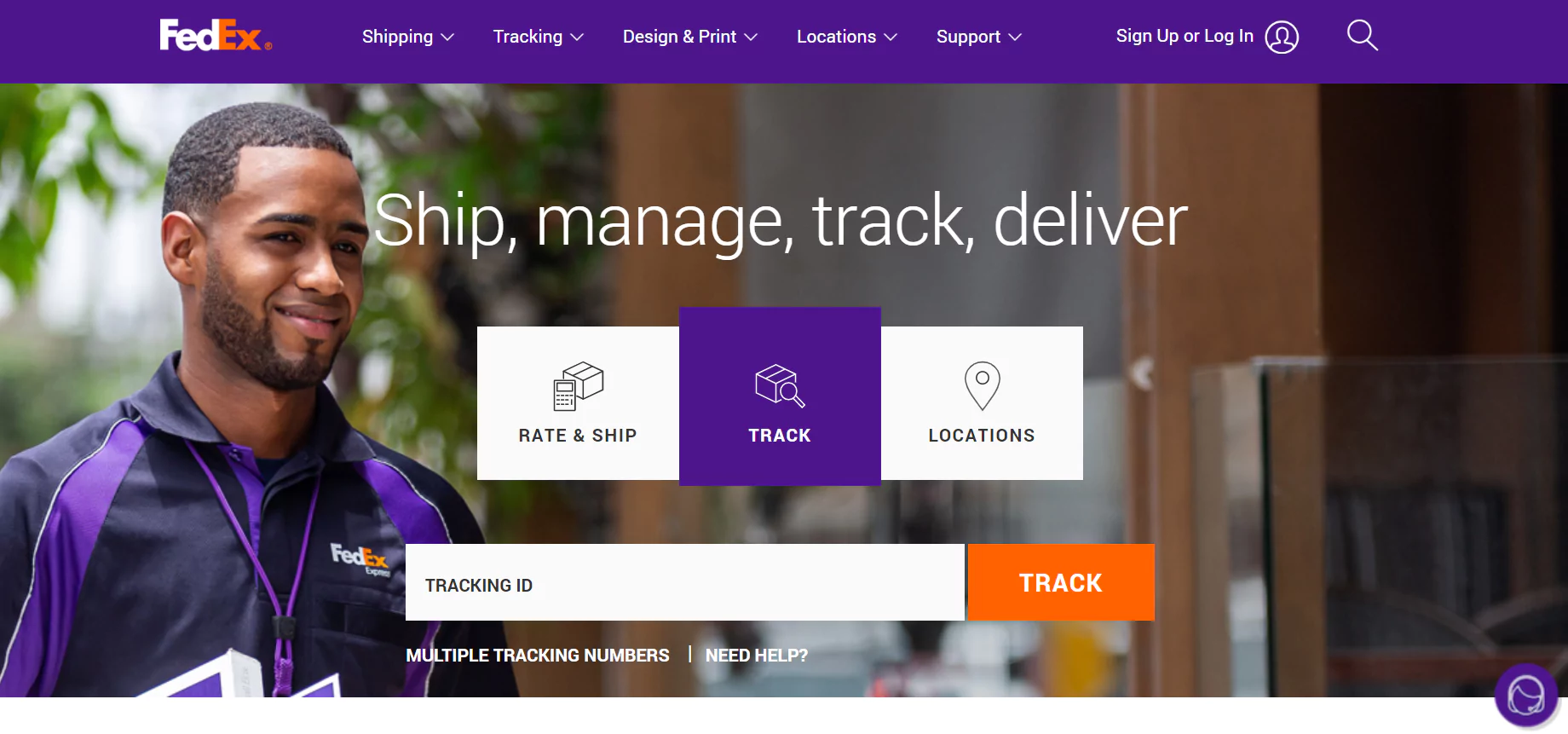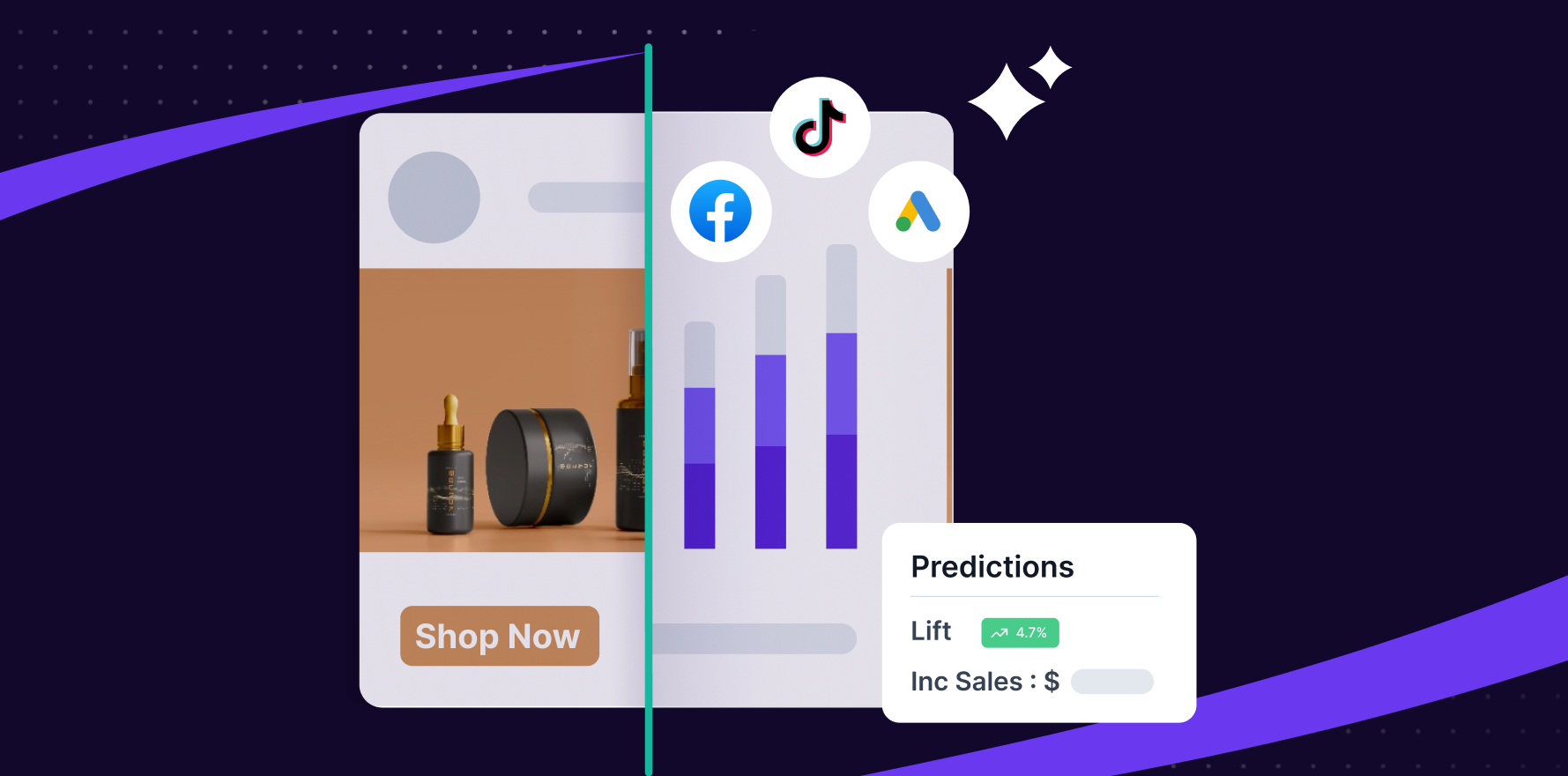In the fast-paced world of ecommerce where order volume increased by more than 37% in 2022, your company’s success depends on providing a smooth and effective order fulfillment procedure. Every stage in the ecommerce fulfillment process, from accepting orders to shipping items, is critical to customer happiness and business growth. An effective and optimized fulfillment procedure may make all the difference in a company’s success in the fast-paced world of ecommerce.
In this article, we will explore different fulfillment models, best practices for optimizing the process, and technologies that can help streamline and automate fulfillment operations for upscaling your understanding of ecommerce order fulfillment.
What is Ecommerce Fulfillment?
The first question which might arise in one’s mind is, what is ecommerce order fulfillment?
Ecommerce fulfillment is a complicated process that requires careful and thorough coordination and execution at every stage. The fulfillment process is the backbone of every ecommerce store, from collecting orders and controlling inventory to choosing, packaging, and shipping items.
Customers are increasingly demanding speedy and dependable delivery, putting pressure on businesses to get items out the door promptly and properly. Customer happiness and loyalty may be influenced by the way things are wrapped, the accuracy of shipping information, and the condition in which products reach the customer’s doorstep.
Different Fulfillment Models
As Ecommerce is expanding at a rapid rate more and more orders are getting placed and in order, to cater to this growing demand for their ecommerce operations, businesses can choose between self-fulfillment and third-party logistics (3PL) when it comes to ecommerce fulfillment.
1) Self-Fulfillment
Self-fulfillment is a model in which an ecommerce business manages its own inventory, warehousing, and shipping operations instead of relying on a third-party fulfillment provider.. Here are some key points to keep in mind:
- Control: One of the main benefits of self-fulfillment is the level of control it gives the ecommerce business over the entire process, from inventory management to shipping and delivery. This can lead to greater flexibility and responsiveness to customer needs.
- Cost: Self-fulfillment can be more cost-effective than using a third-party fulfillment provider, especially for businesses with low to moderate order volume. However, it also requires significant upfront investment in warehousing space, equipment, and staffing.
- Logistics: Managing the logistics of self-fulfillment can be complex, especially for businesses that are scaling rapidly. It requires careful planning and execution to ensure that inventory levels are maintained, orders are fulfilled accurately and on time, and shipping costs are minimized.
- Technology: Many ecommerce businesses rely on technology to manage their self-fulfillment operations, including inventory management software, order management systems, and shipping and tracking tools.
2) Third-Party Fulfillment
Under this approach, order fulfillment is outsourced to a third-party logistics (3PL) provider, who manages order receipt, product selection and packing, and client delivery on the company’s behalf. For companies with large order quantities, this can be a scalable alternative.
This can help to alleviate some of the logistical challenges associated with self-fulfillment while still maintaining a high level of control over the process. Now let’s look at some of the leading 3PL companies
A) UPS

Founded in 1907, UPS (United Parcel Service) is headquartered in Atlanta, Georgia, USA.
It operates in more than 220 countries and territories, and delivers more than 20 million packages and documents daily.
Features
- Its services include domestic and international shipping, package delivery, freight transportation, and logistics solutions for businesses of all sizes.
- UPS is known for its brown delivery trucks and uniforms, and for its tracking system that allows customers to track their shipments in real-time.
B) DHL

Founded in 1969 in San Francisco, DHL (Dalsey, Hillblom and Lynn) is now headquartered in Bonn, Germany. DHL operates in more than 220 countries and territories, and employs over 380,000 people worldwide.
Features
- Its services include express delivery, freight transportation, warehousing and supply chain management solutions.
- DHL is known for its red and yellow branding, and for its strong presence in emerging markets and cross-border e-commerce.
C) Fedex

Founded in 1971 in Memphis, Tennessee, USA, FedEx (Federal Express) is now headquartered in Collierville, Tennessee. It operates in more than 220 countries and territories, and delivers more than 15 million packages and documents daily.
Features
- Its services include express transportation, freight forwarding, supply chain management, and e-commerce solutions.
- FedEx is known for its purple and orange branding, and for its innovations in tracking technology and package delivery.
Steps Involved in the Ecommerce Fulfillment Process
Order fulfillment is the procedure of accepting a customer’s order and sending the requested product. This process might have several parts in ecommerce, and it is crucial to do it properly to guarantee consumer happiness and repeat business. The basic processes in the completion of an online order are as follows:
- Order receipt: Getting the customer’s order is the first stage. An ecommerce website, a mobile app, or other platforms like social media or phone calls can all be used for this.
- Order processing: When the order is received, it must be carried out. This includes confirming the payment, ensuring the goods are available and getting them ready for shipment.
- Product selection and packing: To prevent any damage while delivery, the product must be chosen from the inventory and packed safely. Any specific packaging requirements, such as gift wrapping or branding, are handled at this time as well.
- Shipping the product: Depending on the client’s need for expediency and available funds, the product is subsequently sent to the customer via an appropriate shipping mode, such as ground or air.
- Tracking the shipment: Once the goods has been dispatched, it is crucial to give the consumer access to tracking data so they can keep track of its progress and determine when to anticipate delivery.
- Delivering the product: At last, the consumer receives the product and is informed of its arrival. This step entails making sure the product is given to the correct recipient and is in excellent shape.
Inventory Management
Management of inventories is essential to ecommerce fulfilment. In order to fulfil consumer orders, businesses must have correct information on their stock levels. The process of ordering, storing, using, and selling a company’s inventory is referred to as inventory management.
When it comes to stock analysis in ecommerce fulfillment, there are several methods that can be used to evaluate inventory levels and make informed decisions about purchasing, pricing, and order fulfillment. Here are four commonly used stock analysis methods:
1) Economic Order Quantity (EOQ): This method involves calculating the optimal order quantity for a given product, based on factors such as demand, lead time, and carrying costs. The goal is to minimize total inventory costs while ensuring that sufficient inventory is on hand to meet customer demand.
2) ABC Analysis: This method involves categorizing products into three categories based on their value and demand. Category A items are high-value and high-demand, while category C items are low-value and low-demand. The goal is to prioritize inventory management and order fulfillment based on the relative importance of each category.
3) Just-in-Time (JIT) Inventory: This method involves maintaining minimal inventory levels and relying on frequent deliveries from suppliers to meet customer demand. The goal is to minimize inventory carrying costs while ensuring that sufficient inventory is available to fulfill orders in a timely manner.
4) Velocity Analysis: This method involves analyzing the rate at which inventory is sold or used up over time, and using this information to make informed decisions about pricing, promotions, and replenishment. The goal is to optimize inventory levels and minimize the risk of stockouts or overstocking.
These are just a few examples of the stock analysis methods used in ecommerce fulfillment. The best approach will depend on the specific needs and goals of the ecommerce business, as well as factors such as product type, demand variability, and supply chain complexity.
Fulfillment Technology and Tools
Fulfillment technology and tools can help businesses streamline the ecommerce order fulfillment process. There are several technologies and solutions available for completing ecommerce orders that may aid companies in streamlining their processes and enhancing consumer satisfaction. Here are a few of them
- Warehouse Management Systems (WMS): A WMS is a piece of software that assists in managing a warehouse’s daily activities, such as inventory control, order picking, and shipping. WMS may assist companies in streamlining their warehousing processes and lowering mistakes, which will eventually increase fulfilment times and customer satisfaction.
- Order Management Systems (OMS): An Order Management Software that aids companies in managing every step of the order fulfilment process, from taking orders to sending goods. Businesses may automate their fulfilment procedures and increase insight into their inventory levels with the use of OMS, which will eventually increase customer satisfaction.
- Software for shipping: Software for shipping may assist businesses in automating their shipping procedures and comparing prices from various carriers, ultimately resulting in cost savings and faster delivery.
- Systems for Automated Storage and Retrieval (AS/RS): An AS/RS system automates the storage and retrieval of goods from a warehouse. By reducing the amount of time and manpower needed for order picking and fulfilment, organizations can increase efficiency and cut costs.
Challenges in Ecommerce Fulfillment
Businesses face several challenges in ecommerce fulfillment, such as shipping delays, returns, and stockouts. These challenges can impact customer satisfaction and business growth. To address these challenges, businesses need to have a well-defined process in place.
1) Customer expectations are rising: As a result of the emergence of ecommerce behemoths like Amazon, customers increasingly want free delivery, accurate order fulfilment, and simple returns.
2) Inventory management: To prevent stockouts and overstocking, which both can result in a loss of sales and an increase in expenses, e-commerce enterprises must keep proper inventory levels.
3) Order processing and picking: As the number of ecommerce sales rises, order processing and picking may become laborious and error-prone, increasing the time required for fulfilment and decreasing consumer happiness.
4) Shipping and logistics: It may be challenging and time-consuming, especially for companies that conduct business abroad or deal with bulky or heavy commodities.
5) Returns and reverse logistics: Ecommerce companies may find it difficult to handle returns since they must do it swiftly and precisely.
Best Practices for Optimizing Ecommerce Fulfillment
To optimize ecommerce fulfillment, businesses can follow best practices such as:
- Automate processes: Using technology to automate processes like inventory management, order processing, and shipping can help businesses save time and reduce errors.
- Use data to make informed decisions: Analyzing data on order volume, shipping times, and customer behavior can help businesses make informed decisions about inventory levels, shipping carriers, and more.
- Optimize warehouse layout: Ensuring that the warehouse layout is optimized for maximum efficiency can help reduce the time and labor required to fulfill orders.
- Use multiple shipping carriers: Partnering with multiple shipping carriers can help businesses save money and reduce transit times by selecting the carrier with the best rates and service for each shipment.
- Provide consumers with a variety of fulfilment alternatives: Providing customers with the choice of several fulfilment options, such as normal shipping, expedited delivery, or in-store pickup, may enhance customer satisfaction and save shipping costs.
- Monitor and improve inventory levels: Businesses may prevent stockouts and overstocking by regularly checking inventory levels and modifying replenishment plans in light of sales data.
Conclusion
In summary, improving your ecommerce fulfilment procedure is crucial to the achievement of your company’s goals. You can boost order fulfilment speed and accuracy, customer happiness, and ultimately business development by choosing the appropriate ecommerce fulfilment model, putting effective procedures in place, and utilizing technology and data. It’s possible that what works for one firm won’t for another. The ideal fulfilment strategy for your organization must be chosen after careful consideration of your unique business requirements, client expectations, and market trends.
You may also like
Essential resources for your success

























































